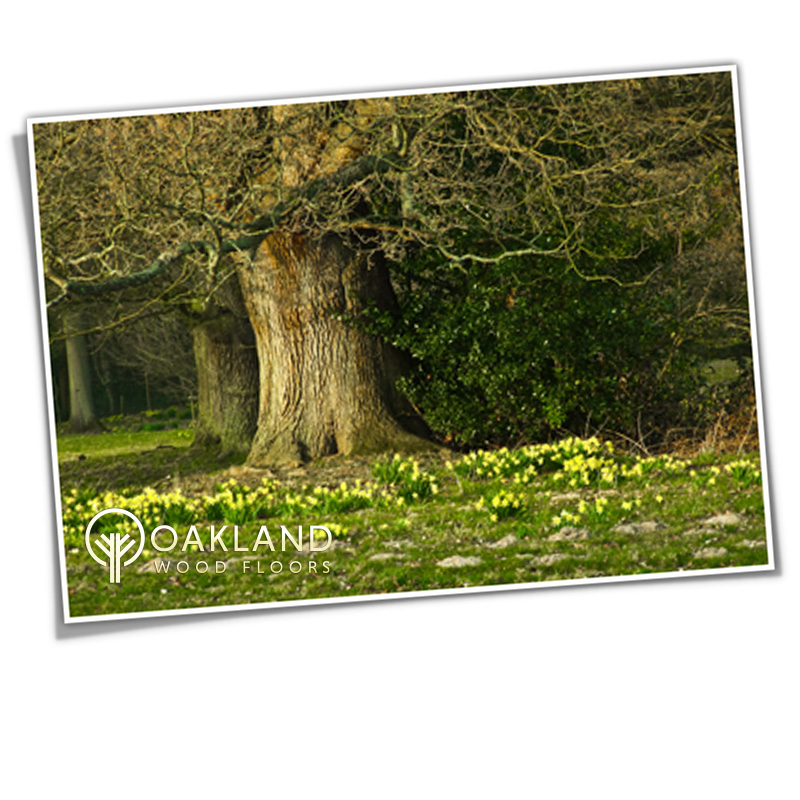 Many children and adults alike enjoy counting the rings on the inside of a tree to determine its age. These rings can also been seen on the ends of individual floorboards and lend themselves to clues on what conditions the tree grew in and what can be expected from the boards as they are worked with. Thick widely spaced rings indicate that the tree grew quickly, while thinner, more closely spaced rings show that the tree grew more slowly. It is good to consider when you are choosing wood floors for your property that slowly grown trees are generally more desirable as they are stronger and stable. This rule does not apply to all of the trees; for instance, pine trees that grow more quickly are denser than slow-growing pines. This is the cambium again, displaying how it continues to live during its growth and dormant seasons.
Many children and adults alike enjoy counting the rings on the inside of a tree to determine its age. These rings can also been seen on the ends of individual floorboards and lend themselves to clues on what conditions the tree grew in and what can be expected from the boards as they are worked with. Thick widely spaced rings indicate that the tree grew quickly, while thinner, more closely spaced rings show that the tree grew more slowly. It is good to consider when you are choosing wood floors for your property that slowly grown trees are generally more desirable as they are stronger and stable. This rule does not apply to all of the trees; for instance, pine trees that grow more quickly are denser than slow-growing pines. This is the cambium again, displaying how it continues to live during its growth and dormant seasons.
The growth cycle of a tree varies throughout the seasons of the year as well. The earlywood, which develops in the spring, grows much faster than the latewood, which forms afterward. Certain woods and especially the softwoods differentiate in their early- and latewood quite dramatically. The latewood will generally be much denser. Southern yellow pine, for example, will have a very soft earlywood and it will wear away much more quickly. You probably won't want to choose this particular wood floor for a high traffic area, due to its softness. Earlywood can often be felt on the surface of a board, and is very noticeable when the board has been sanded carelessly. But at Oakland Wood Floors, we are trained professionals that make sure your wood floor will always be sanded the right way and we take extra steps in our refinishing procedures to ensure the quality of the final product. The width of the early and late wood varies, also depending on what growth conditions the tree experienced in its life. Sometimes these periods are called springwood (for earlywood) and summerwood (for latewood), although these are misleading terms because these growth periods do not necessarily occur according to the calendar.

These two layers can add some more difficulty when it comes to working with the wood for a product. Obviously, there won't be total uniformity. But there are tricks. Make sure that when you are working with earlywood and latewood you use the proper finish. The differing densities will absorb stains and finishes differently. Softwood has a tendency to soak up too much finish, causing blotching. It is advisable to use a wood conditioner before applying a finish.



